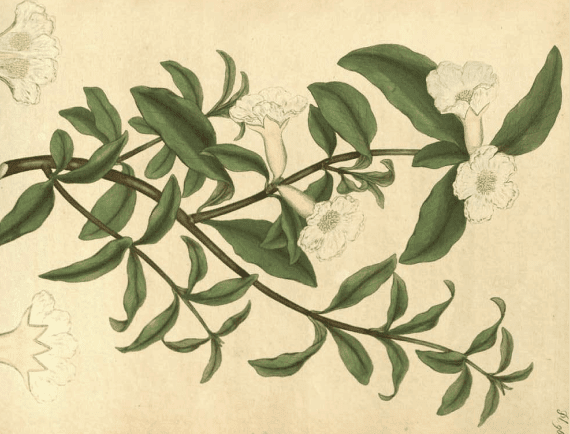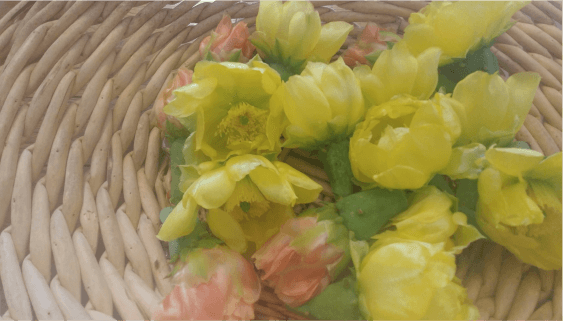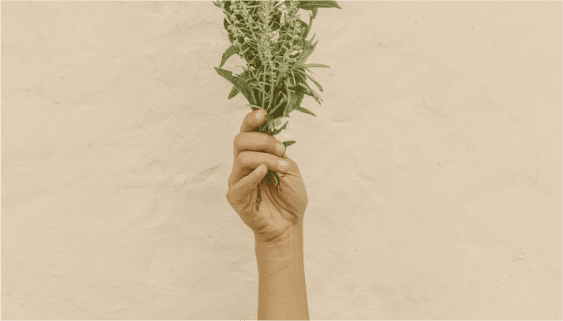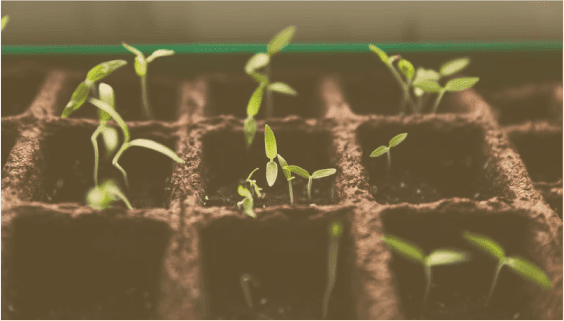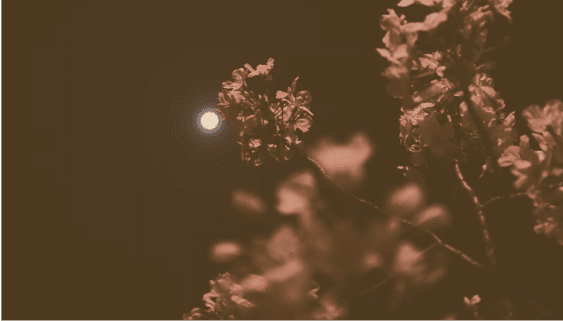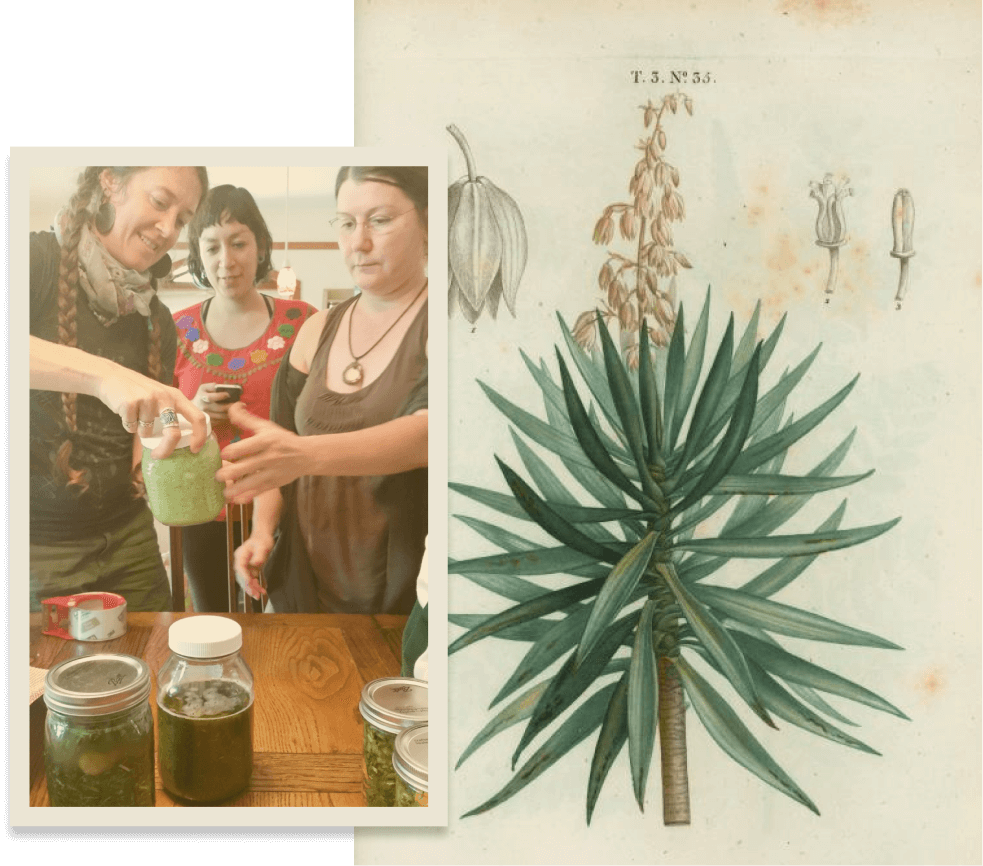The Wheel of the Year turns, beckoning in a New Solar Year Dec 21

There are so many fun, herb-centric ways to usher it in. You can also look at my blog post on the Energetics of Evergreens, here to see how Coniferous evergreens are also a big part of the winter solstice.
Every season brings shifts to our routines and needs. December is a big planning month for me. I am working on what next Spring’s medicinal and edible gardens will contain and putting together the final touches for our 2023 programs. The Winter Solstice, or Long Night, is when the Earth is at its maximum tilt away from the sun in the Northern Hemisphere. Many cultures celebrate this with solstice fires, yule logs, and festivals of lights to welcome back the Sun.
It’s so easy to try to get lost in modern culture, turn on lights, or get busy and almost forget the shift going on, but our bodies don’t. As we have moved into darker times, our bodies respond by coaxing us to sleep more, and we may feel more introverted. It’s important to give yourself time to slow down and hibernate. This is the time to dream big and imagine the next chapter of your life.
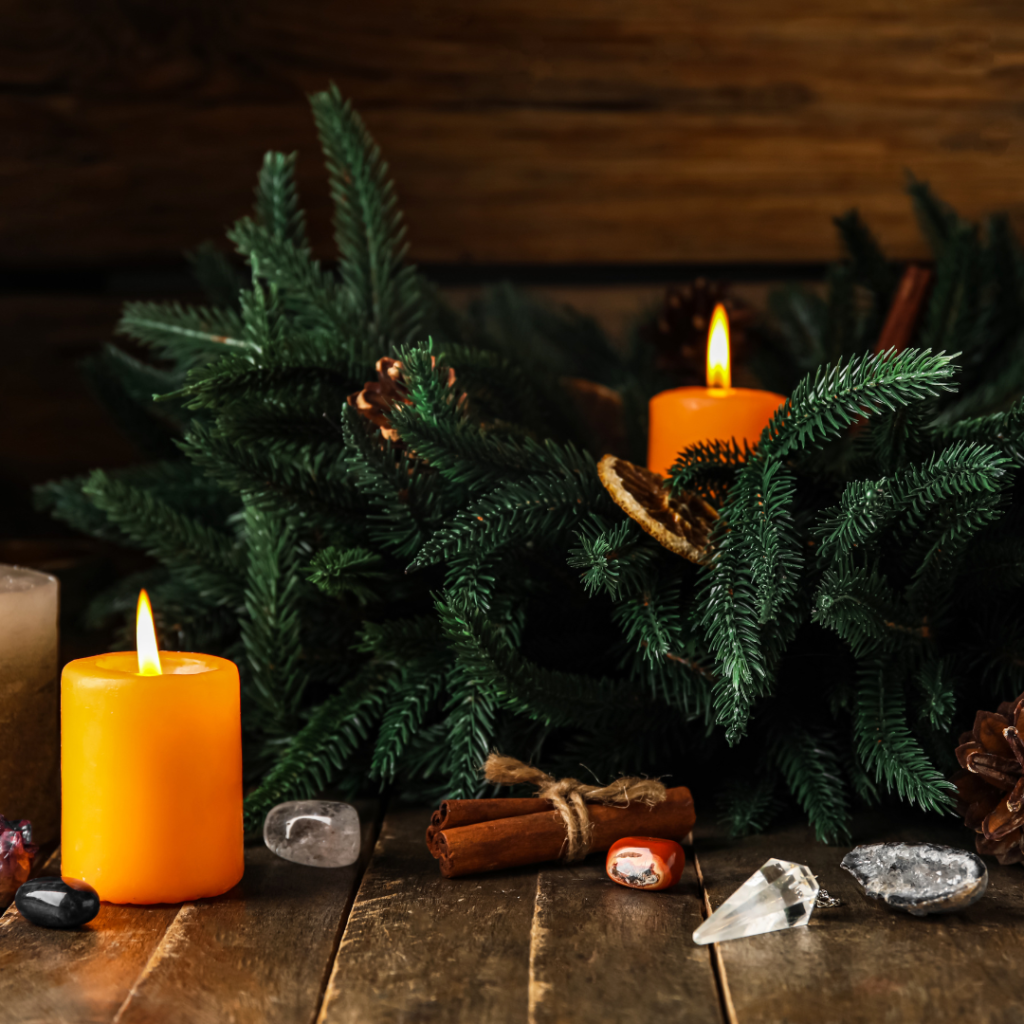
Herbal traditions may include burning incense or throwing aromatic herbs into a fire. I like to build big bonfires with friends and each of us writes what we want to let go of on a piece of paper and throws it in the fire.
Sometimes, we can incorporate more roots into our daily practices, both as food and medicine. I love making root bakes and root stews full of sweet potatoes, turnips, carrots, beets, and potatoes and smother them in mushroom gravy(high in VitD and good for a time of the year you cannot get enough from the sun).
Drinking root teas helps you to ground and connect to the deeper parts of yourself. This could simply mean decocting herbs to help with physical ailments, like Ginger, Angelica, or Dandelion for better digestion. On a physical level in alignment with the season, connecting to roots for their adaptogenic properties supports better health through the dark, cold, and moist times.
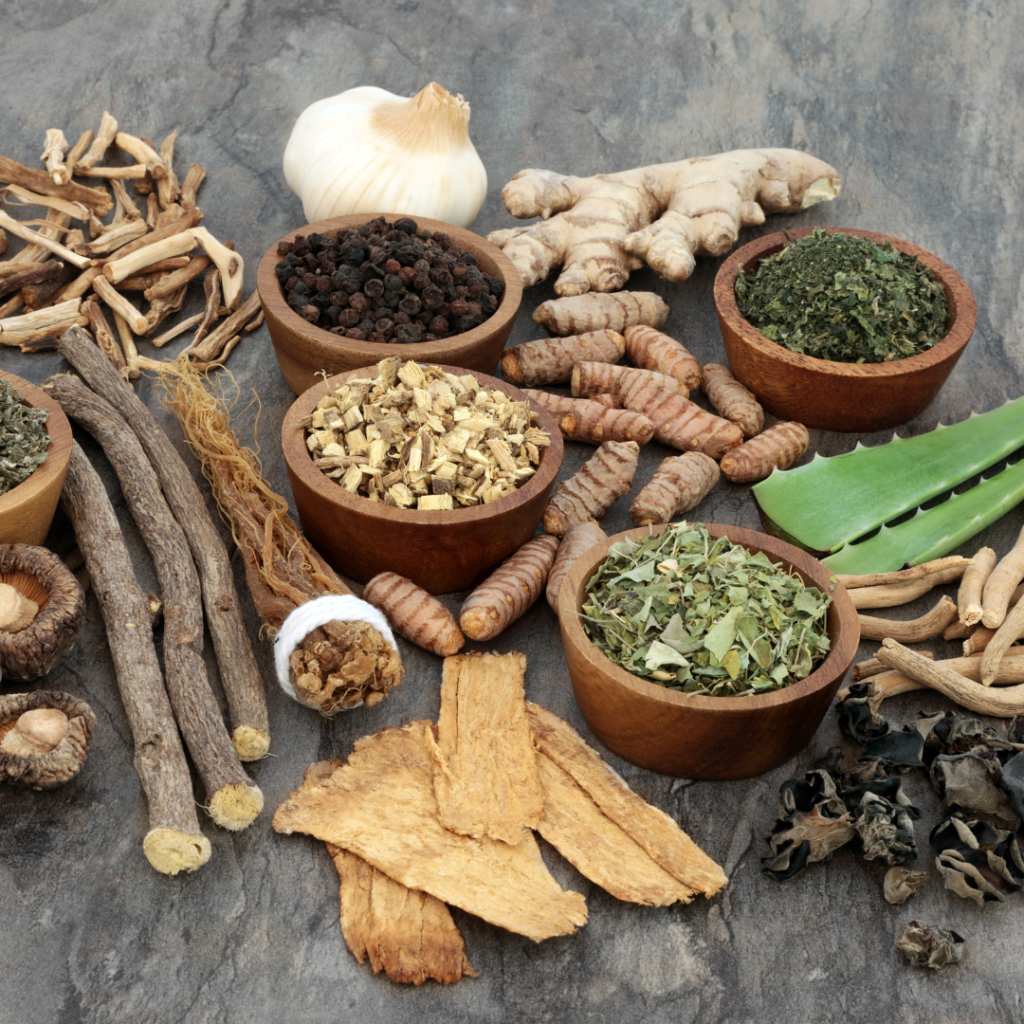
Roots like Ashwaganda, Eleuthero, Astragalus or Codonopsis give foundational support through the winter when we may feel heavy, depressed, or have a lack of energy. These adaptogenic roots as celebrated for their effect on our mood, immunity, and restorative to the nervous system. When decocting roots, use about 1 teaspoon of cut and sifted root per 8-10 oz of water and simmer for about 30 minutes before decanting off. Other underground adaptogens for this season include mycelial fruiting bodies like Mushrooms like Reishi, Chaga, or Lion’s Mane
Another way to welcome back the sun on a more spiritual level is to make room for more light inside by dedicating yourself to a meditation practice to clear your mind. Herbalists may also include using flower essences like Calendula to brighten and open your spirit or plants like Mugwort to dream more deeply. Join me for a live sliding scale winter wellness community class online here , or you can access the recording afterwards on our online learning site

